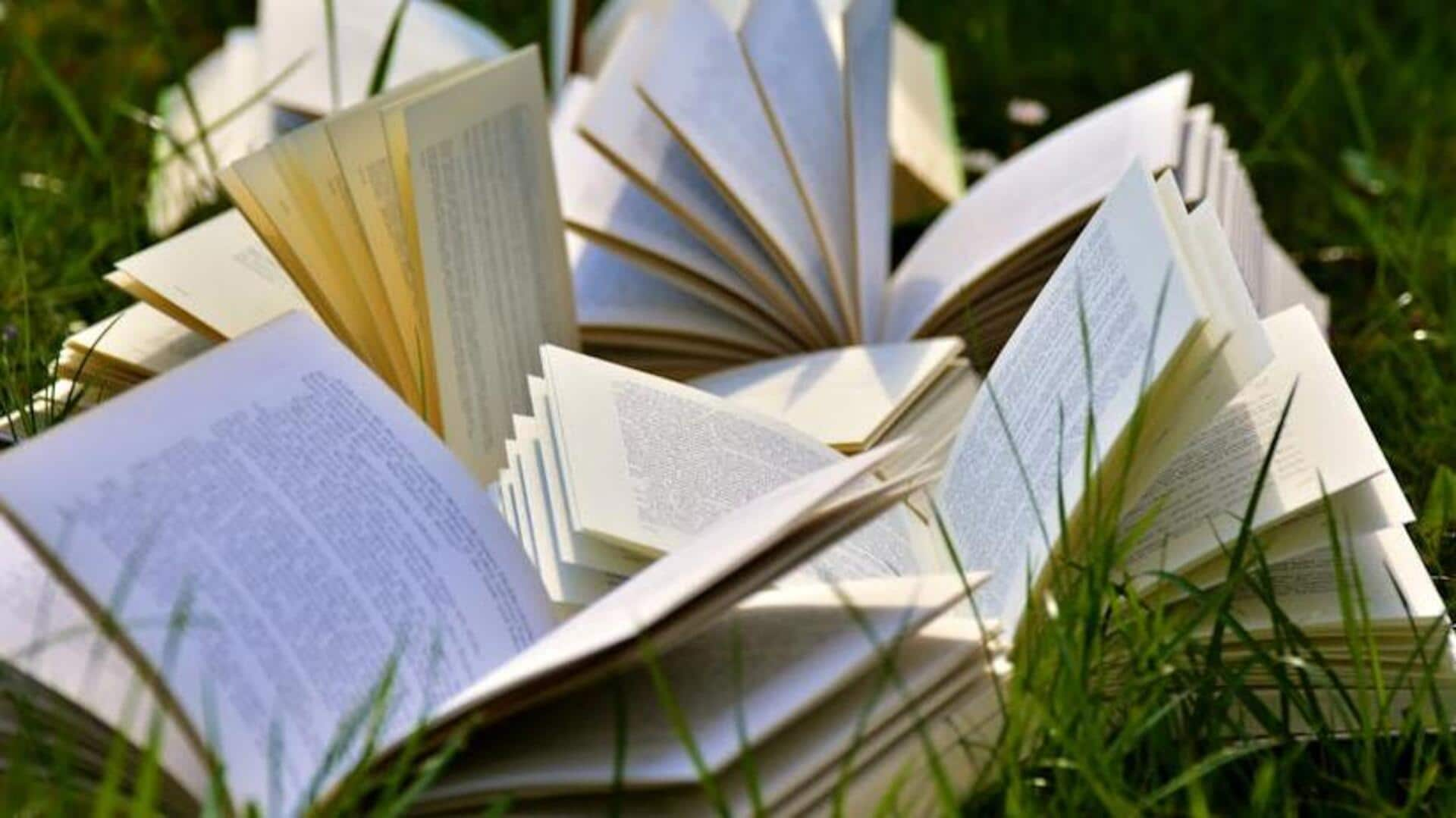
How to create the perfect outdoor storytelling setup
What's the story
Outdoor storytelling setups can take creative play to a whole new level, thanks to an outdoor environment that inspires imagination.
They can prompt children and adults to get more involved with stories, improving creativity and communication skills.
Using nature, props, and basic structures, storytellers can transport audiences to a whole new world.
This guide looks at different elements of outdoor storytelling setups, giving you practical inputs to make your storytelling sessions richer.
Nature's role
Utilizing natural elements
Incorporating natural elements like trees, rocks, and water features into storytelling setups can add authenticity and depth to the narrative.
These elements serve as both backdrop and prop, allowing storytellers to weave them into the story seamlessly.
For instance, a tree might become an enchanted forest, or a rock could be a mystical mountain.
Using nature this way not only enhances the story but also encourages participants to appreciate their surroundings.
Structures setup
Simple structures for engagement
Simple structures like tents/makeshift stages can give focus points to your outdoor storytelling sessions.
These structures define the space where the story unfolds, helping participants immerse themselves in the narrative.
From a tent serving as a castle/cave in the story context, to providing shelter from weather conditions, such setups are cost-effective and easy to assemble, making them ideal for spontaneous storytelling events.
Props use
Props that spark imagination
Props are key to bringing stories alive while outdoors.
Things like hats, scarfs or sticks could turn into the most magical thing in the story being told.
Prop usage inspires participants to act out scenes from the story or interact with things as part of their character's adventure.
This tactile experience not only makes stories memorable but also inspires creativity in everyone.
Sound effects
Soundscapes enhance atmosphere
Creating soundscapes with natural sounds or portable audio devices adds another layer of immersion in outdoor storytelling settings.
Sounds like rustling leaves or flowing water enhance atmospheric details within narratives, while recorded sound effects provide additional auditory cues.
These cues support plot developments without distracting from live performances.
Lighting techniques
Lighting sets mood
Lighting is a crucial element when setting up an outdoor storytelling space after sunset or during cloudy days.
It helps set the mood perfectly with a little strategic placement around focal points where action occurs.
Think lanterns hung on branches casting shadows like in mysterious woods. Or creatively using flashlights during suspenseful moments in stories being told outdoors under a starry sky.